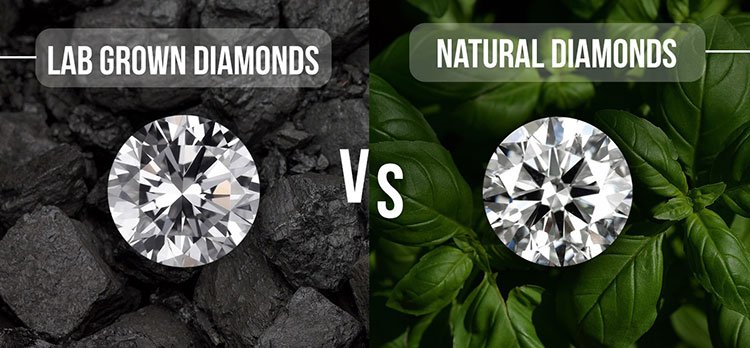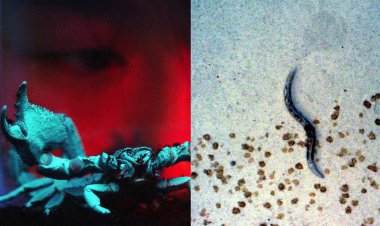Diamond Wars: The Future of Lab-Grown vs. Natural Diamonds
In the world of luxury and sparkle, a quiet but fierce war is unfolding — the battle between lab-grown and natural diamonds.

By [Prativad]
In the world of luxury and sparkle, a quiet but fierce war is unfolding — the battle between lab-grown and natural diamonds. This "Diamond War" is reshaping the global jewelry industry, pitting tradition against technology, sustainability against rarity, and ethics against exclusivity.
The Rise of Lab-Grown Diamonds
Over the past decade, lab-grown diamonds have gained massive traction, driven by advances in technology, lower costs, and a growing consumer demand for ethical and environmentally friendly products. Produced using High Pressure-High Temperature (HPHT) or Chemical Vapor Deposition (CVD) methods, these diamonds are physically, chemically, and visually identical to natural ones — yet often cost 30% to 70% less.
According to a report by Bain & Company, the lab-grown diamond market has grown at an annual rate of 15-20% since 2018 and is projected to reach $15 billion by 2030. Major brands like Pandora and De Beers have entered the space, signaling that lab-grown diamonds are no longer niche — they are mainstream.
Natural Diamonds Fight Back
Natural diamond producers are not backing down. They emphasize the uniqueness and geological wonder of Earth-created diamonds, formed over billions of years deep within the planet. These gems, they argue, carry history, rarity, and emotional depth that cannot be replicated in a lab.
Industry giants like De Beers and Alrosa are doubling down on storytelling, branding natural diamonds as symbols of enduring love and timeless value. Exclusive certification and blockchain-based provenance tracking are being used to assure authenticity and reinforce premium pricing.
Ethics, Environment, and the Gen Z Factor
The younger generation, particularly Gen Z and millennials, are a major driving force behind the shift toward lab-grown diamonds. Their preference for sustainable, conflict-free products is reshaping luxury norms. Lab-grown diamonds eliminate concerns over "blood diamonds," environmental degradation, and human rights abuses often associated with traditional mining.
Yet, the environmental argument is complex. While lab-grown diamonds avoid land destruction, they consume high amounts of energy — especially if not sourced from renewable power. The debate over which type is truly greener continues.
The Price War
As lab-grown diamond prices continue to fall due to increased supply and competition, natural diamonds may retain value as a long-term investment, especially in larger and rarer stones. However, for everyday consumers and fashion buyers, affordability and ethics often trump investment potential.
What’s Next?
The future of diamonds lies not in one camp but in coexistence. Natural diamonds will likely remain a premium, heritage product, while lab-grown diamonds dominate the affordable luxury and fast-fashion market. Jewelers, regulators, and consumers will all play a role in defining the rules of this new diamond era.
One thing is clear: the sparkle may be the same, but the story behind it is evolving.






















